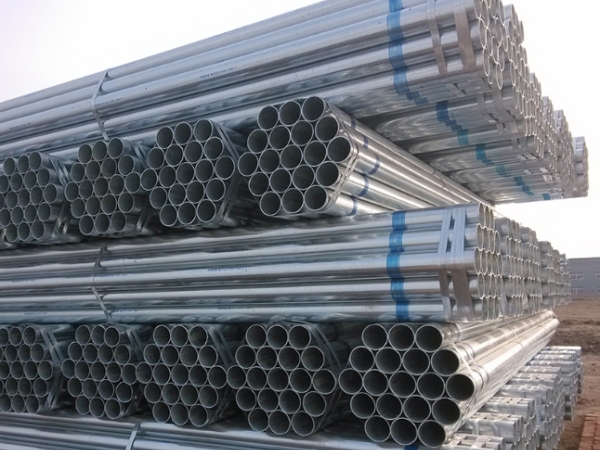Due to its good corrosion resistance, zinc is widely used in anti-corrosion treatments in many industries. Among them, galvanized pipes (GI pipes) with zinc as the main material are the most common. Coating a layer of zinc on the surface of steel pipes can effectively prevent oxidation and corrosion of steel pipes. Today, we will introduce to you the production process of galvanized pipes.

The production of galvanized pipes requires steel pipes as base materials, such as mild steel seamless pipes. The production process of galvanized pipes is mainly divided into the following steps:
1. Pretreatment of steel pipes
Pretreatment is required before galvanizing. First, clean the oil stains and impurities on the surface of the steel pipe to ensure that the zinc layer can firmly adhere to the surface of the steel pipe. Secondly, the steel pipe is pickled to remove oxides and rust on the surface.
2. Galvanized
After the surface of the steel pipe has been pre-treated, it can be galvanized. There are two methods of galvanizing: hot-dip galvanizing and electro-galvanizing. Hot-dip galvanizing is to immerse steel pipes in molten zinc, causing the zinc to react with the surface of the steel pipe to form a zinc layer. Electro-galvanizing is to immerse steel pipes in an electrolyte solution containing zinc ions. Through the action of electric current, zinc ions are reduced to a zinc layer on the surface of the steel pipe.
3. Check
After galvanizing is completed, the steel pipe needs to be inspected. Mainly check whether the zinc layer on the surface of the steel pipe is uniform and whether there are defects, bubbles, etc. If there are any problems, they need to be repaired or re-galvanized.
4. Packaging
Packaging galvanized steel pipe. It is usually packed in plastic bags or cartons to protect the zinc layer on the surface of the steel pipe from damage. The production process of galvanized pipes requires multiple steps such as steel pipe pretreatment, galvanizing, inspection, and packaging. Through these steps, galvanized pipe products with good quality and good anti-corrosion properties can be produced.